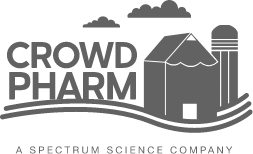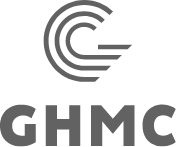
Earlier this year, Health and Human Services (HHS) Secretary Robert F. Kennedy, Jr. proposed a sweeping change to FDA advisory committee meetings. By pushing for “conflict-free” committee members and closed-door deliberations, the proposal aims to reduce bias and increase efficiency. While well-intentioned on the surface, this shift could have serious consequences—particularly for the rare disease community. Requiring committee members to be “conflict-free”—meaning disconnected from the research or any funding sources—would exclude those most knowledgeable and most invested. It could also silence the voices of patients who advocate for access to treatments where no alternatives exist.
In rare disease, lived experience is often the most important form of expertise. Patients, caregivers and advocacy organizations are not only advocates they’re also funders, recruiters and research partners. Their involvement isn’t optional. It’s essential. Because rare disease research is often underfunded, many of the people who participate in advisory meetings are already part of a tight-knit community helping to move the science forward.
What makes this moment even more urgent is the broader restructuring plan now unfolding. Secretary Kennedy has announced a plan to cut 10,000 jobs across HHS, with significant reductions expected at the FDA, NIH, and CDC. These institutions play a critical role in supporting rare disease programs. When resources shrink, smaller, less commercially viable conditions are often deprioritized—despite the fact that they are precisely where innovation and advocacy are most needed.
Compounding the risk, recent budget cuts have already impacted initiatives like the Rare Pediatric Disease Priority Review Voucher Program. This program, which incentivized drug development for underserved pediatric populations, was a lifeline for many small biotechs. Its removal only adds more pressure to an already fragile system.
So where do we go from here?
Biotech companies still have the power and responsibility to ensure the patient voice is heard. Even if regulatory doors begin to close, communications channels remain wide open. In fact, now is the time to double down.
Patient testimonials are one of the most powerful tools we have. Stories told in patients’ own voices, filmed in their homes or shared across social media, can convey the human urgency behind the science. These aren’t just promotional assets, they are advocacy tools.
Media engagement also matters. Reporters are often more interested in patients than pipelines. By supporting media stories that elevate patient experiences, companies not only raise awareness but demonstrate a commitment to community partnership.
Patient summits create vital spaces for collaboration. These are more than listening sessions, they’re moments to build trust and translate patient insights into meaningful action. But it only works when companies respond with transparency and follow-through.
Don’t Let the Patient Voice Get Lost
The rare disease space is already complex and under-resourced, and with shifting regulatory dynamics and shrinking federal support, the stakes have never been higher. Waiting to act means risking both progress and trust.
Spectrum Science’s strategic consultancy brings together experts in scientific strategy, policy, advocacy and communications to help rare disease companies not only navigate change but lead through it. We understand how to elevate patient voices in ways that resonate with regulators, investors and the broader public.
If your team is uncertain how to preserve the role of patients in your story, or if you’re ready to strengthen your communications strategy before change takes hold, let’s connect. Together, we can build a plan that keeps advocacy front and center, even as the system shifts around it.
Perspectives

Communications
J.P. Morgan Healthcare Conference 2024: Unity and Hope Amid Industry Challenges

Communications
Attending HLTH 2024: Where Networking, Brand Boosting and Cool Collide

Communications
A Reflection on Mentoring Future Biotech Communicators

Communications
Top 5 Ways Consumer Brands Make an Impact at Medical Meetings





